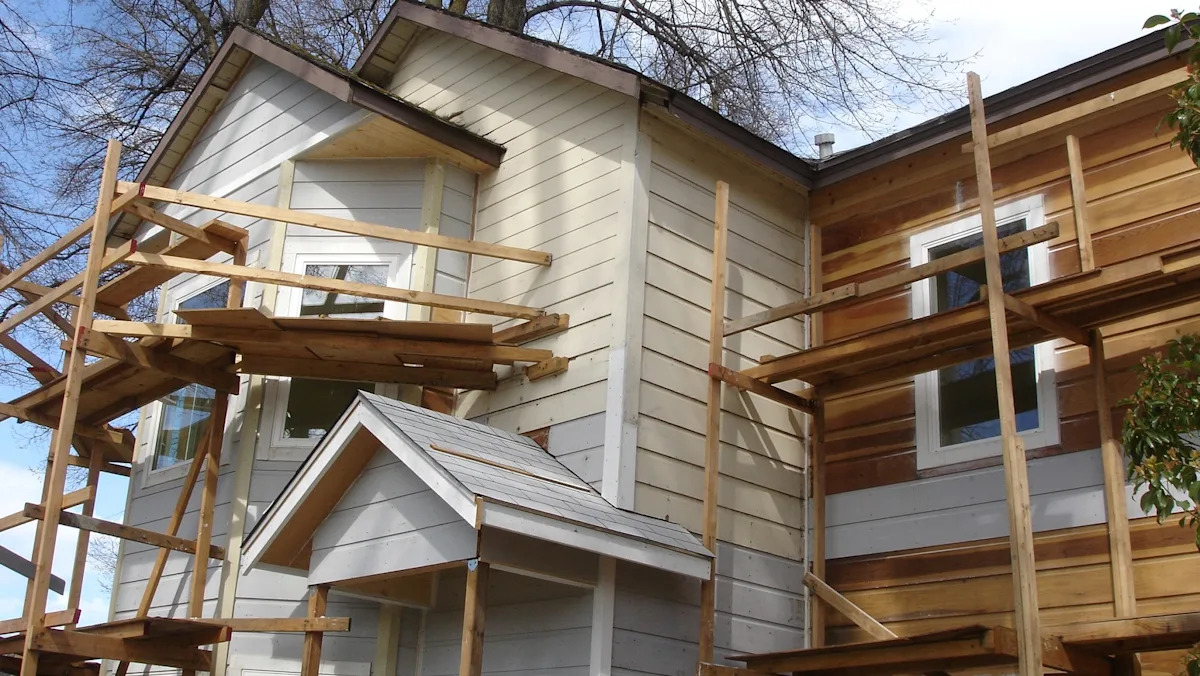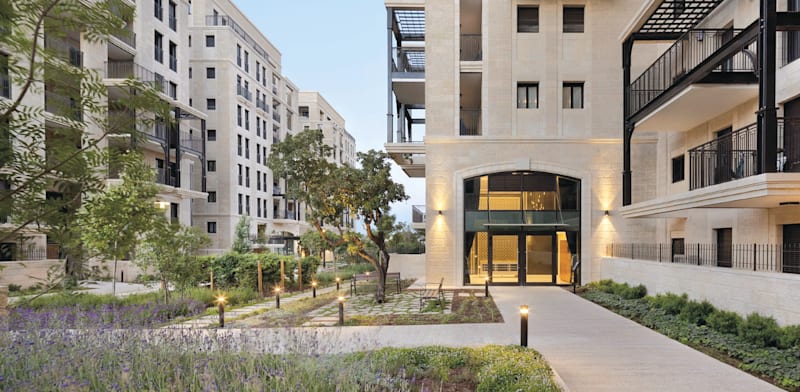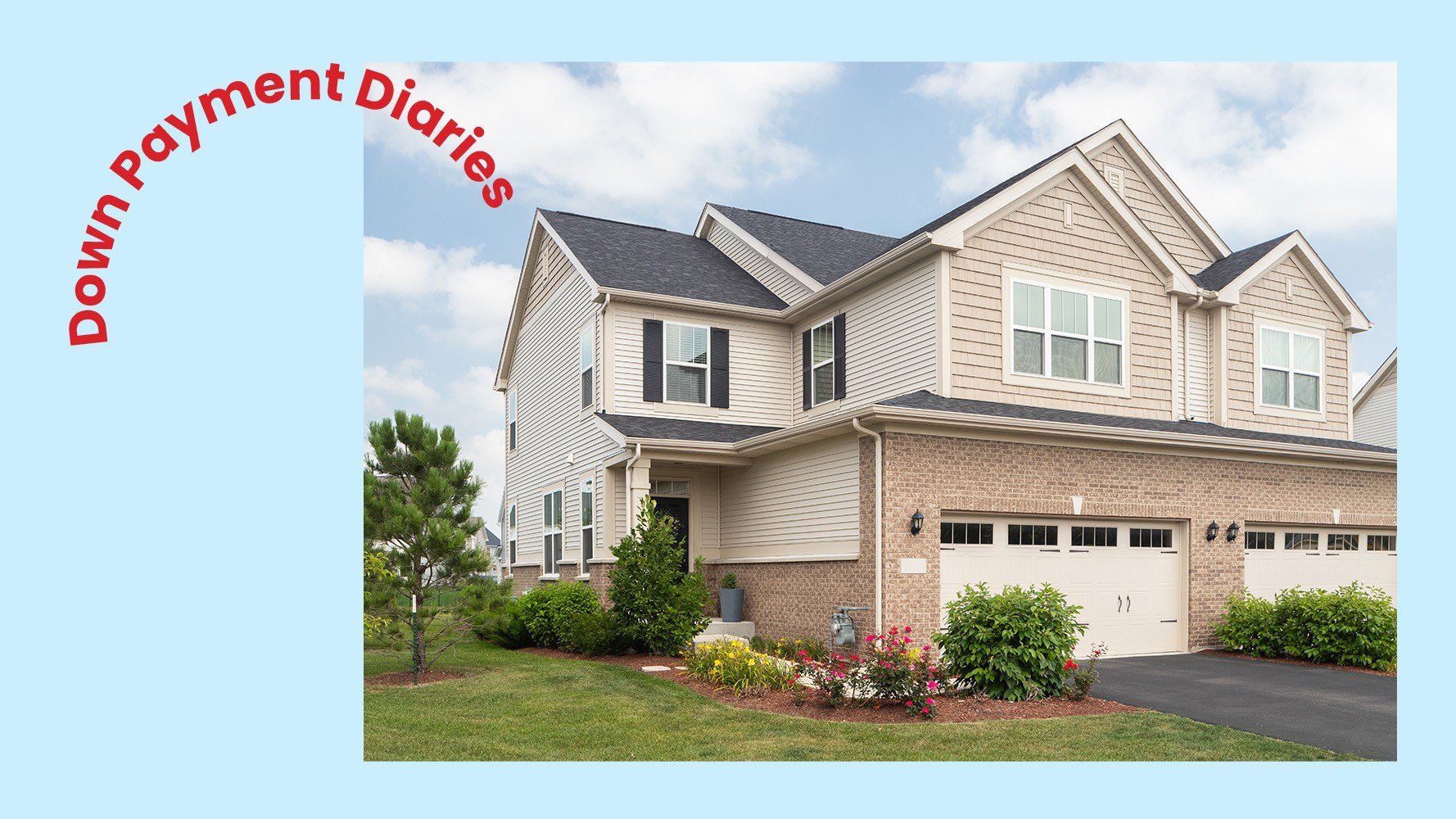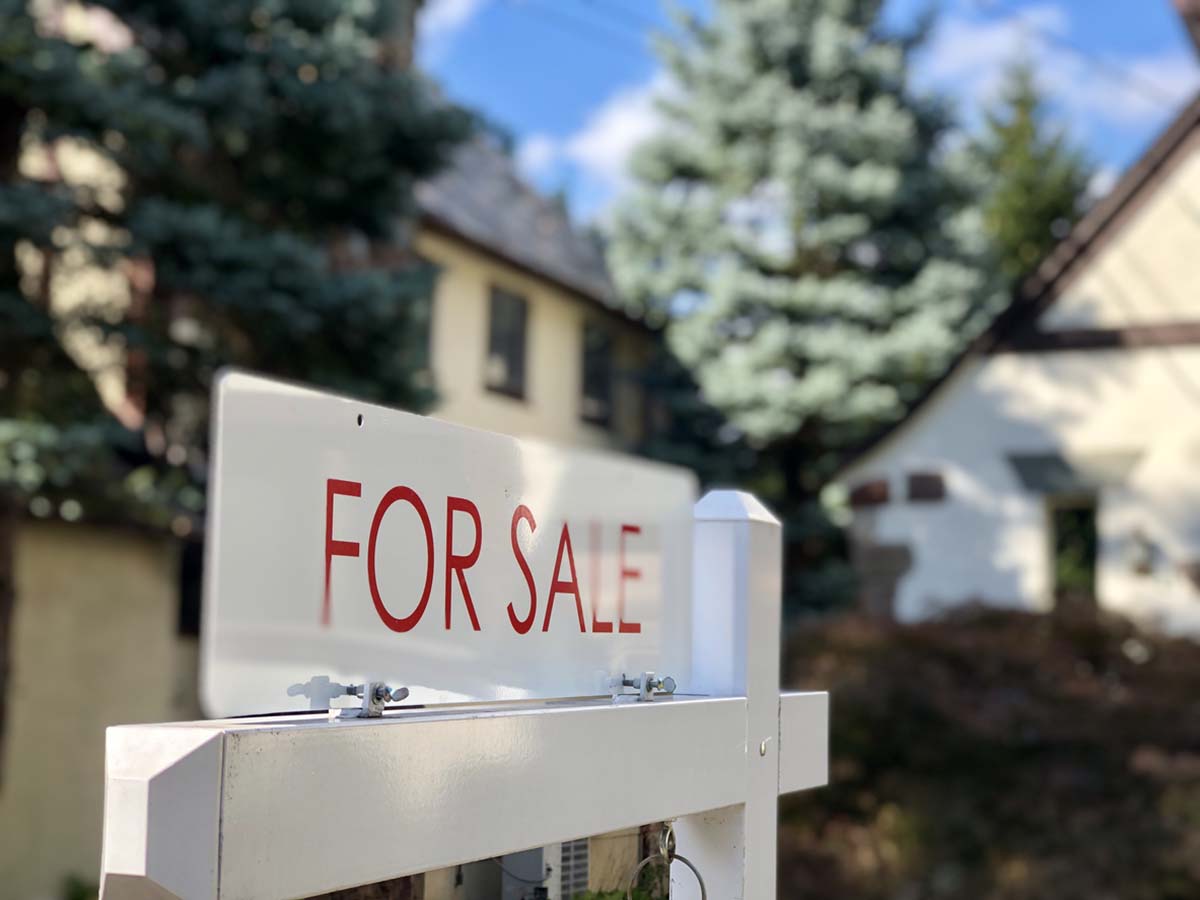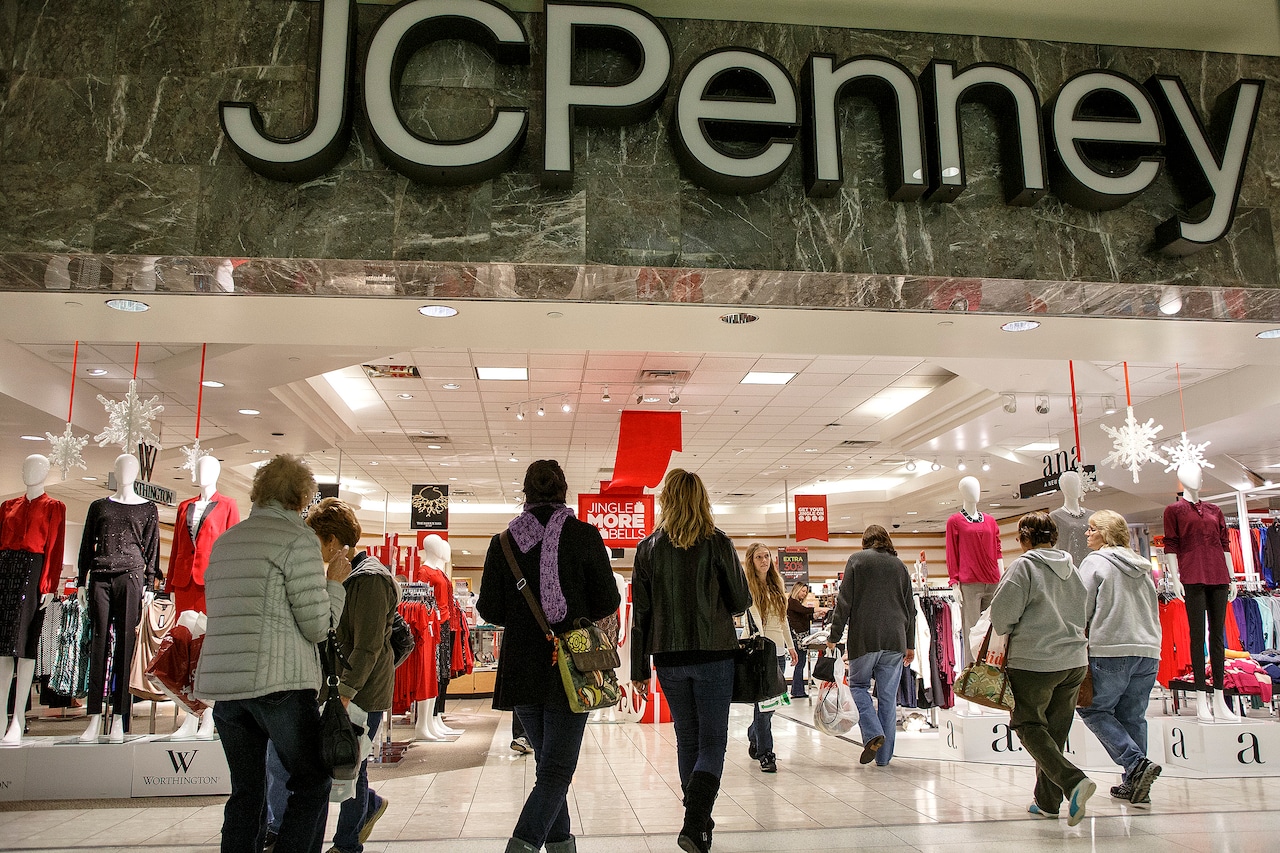A
ll‑cash bids now drive roughly one‑third of U.S. home sales in the first half of 2025, Realtor.com reports, with 32.8 % of transactions completed without financing—only a touch below last year but well above pre‑pandemic levels. Cash deals cluster at both ends of the price spectrum, senior economic researcher Hannah Jones notes, and the pattern varies widely by region.
Jones identifies two main drivers: institutional investors and second‑home buyers. Corporate and LLC entities dominate the cash market, followed by vacation‑home purchasers. Her earlier work showed that investors accounted for nearly twice the share of all‑cash sales in 2024. Over the past few years, the cash share climbed from 27.5 % in 2019 to a peak of 34 % in 2023, then eased to the current level. She attributes the dip to a decline in large‑scale investor activity and a gradual shift toward a more balanced market. “Large investors have pulled back after the pandemic, leaving room for smaller buyers who often rely on financing,” she says, warning that cash purchases still represent a sizable portion of the market and that first‑time buyers—especially Millennials and Gen Z—face stiff competition from wealthier Boomers and Wall Street investors.
Regional disparities are stark. States with the highest cash‑sale rates include Mississippi (49.6 %), New Mexico (48.8 %), Montana (46.0 %), Hawaii (44.9 %) and Maine (44.4 %), driven by affordable prices, out‑of‑state interest and older demographics. In contrast, high‑cost, mortgage‑dependent markets such as Washington (21.1 %), Washington D.C. (23.4 %) and Maryland (24.0 %) see lower cash activity, where younger buyers and robust lending infrastructure prevail. At the metro level, Miami (43.0 %), San Antonio (39.6 %) and Kansas City (39.2 %) lead, reflecting strong investor presence and luxury or international demand. Seattle (17.9 %) and San Jose (20.6 %) have the lowest cash proportions, underscoring reliance on traditional mortgages.
Jones describes a U‑shaped trend: cash buying spikes at both the low end—up to two‑thirds of homes under $100 k are sold without loans—and the high end, where over 40 % of properties above $1 m change hands in cash. This leaves first‑time and lower‑income buyers, who depend on financing, at a disadvantage against older, equity‑rich competitors.
The surge in cash deals reflects a market with high mortgage rates and fierce competition. Cash offers close faster, bypass financing contingencies and give sellers greater certainty. In 2021, cash sales hit a record 2 million, the highest in Jones’s data set. By 2024, the volume fell to about 1.4 million as the sales pace slowed and large‑scale investor activity receded, yet the cash share remains historically high.
Fortune Global Forum will convene in Riyadh on Oct. 26–27, 2025, inviting CEOs and global leaders to shape the future of business. Apply for an invitation.



